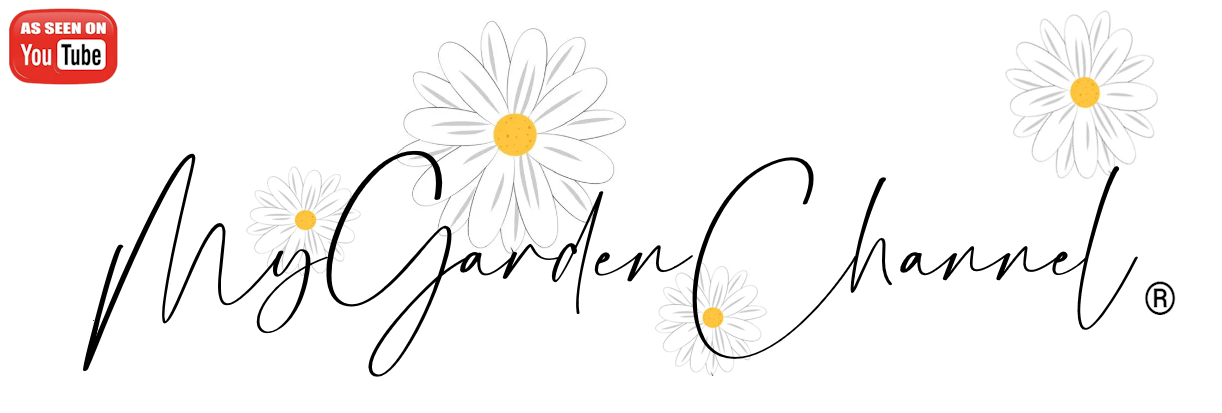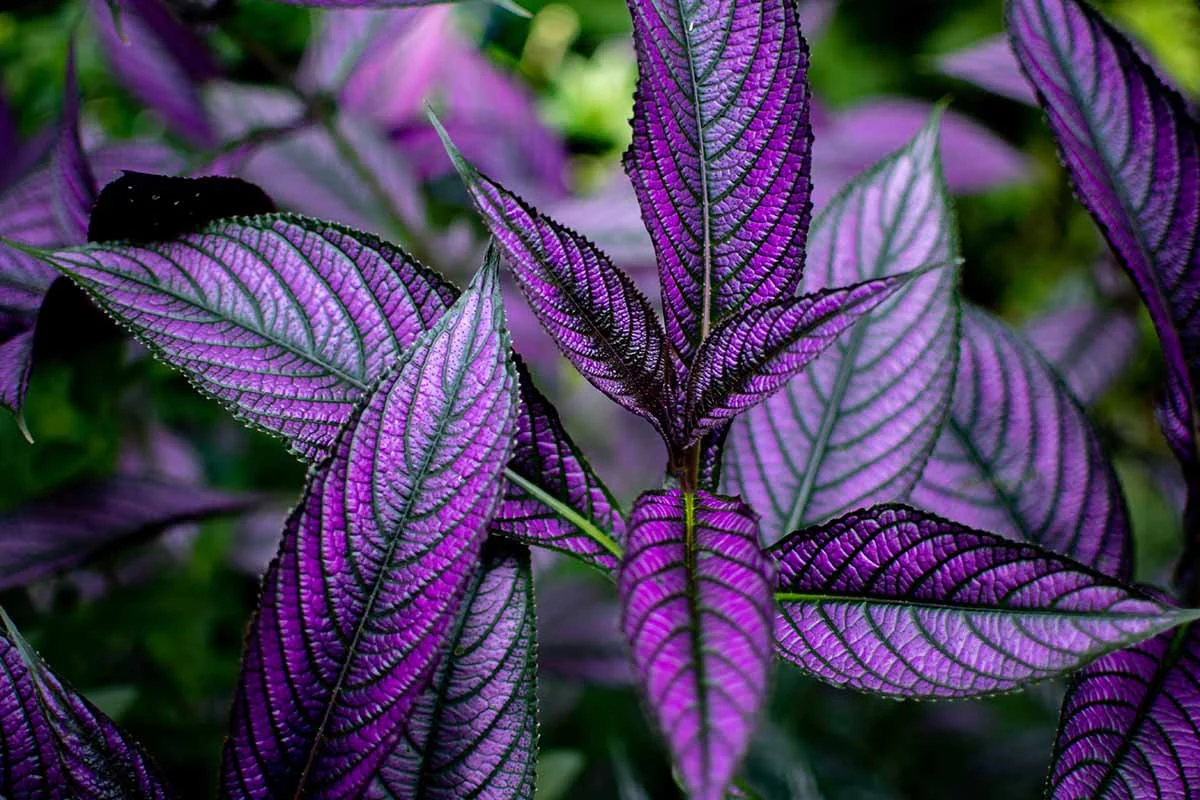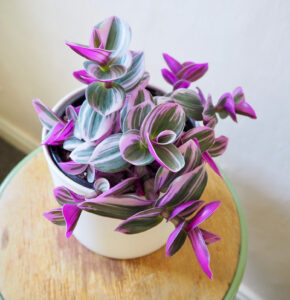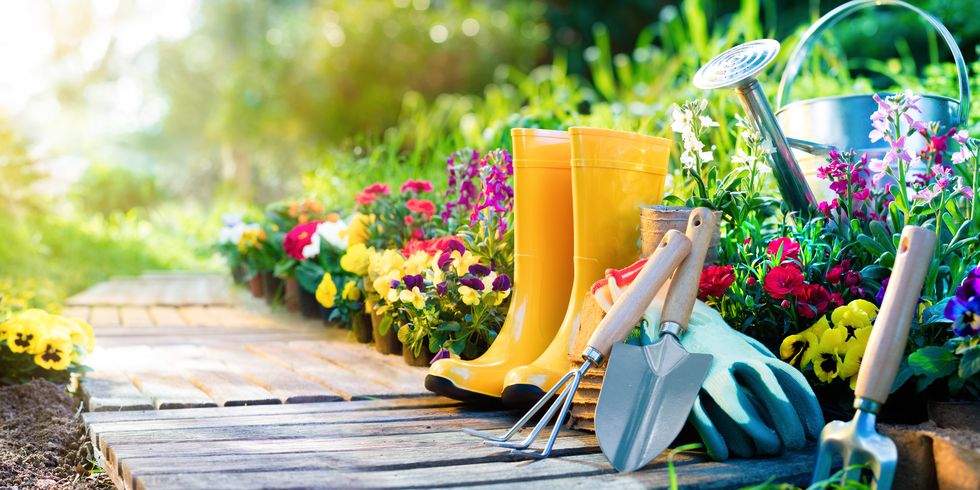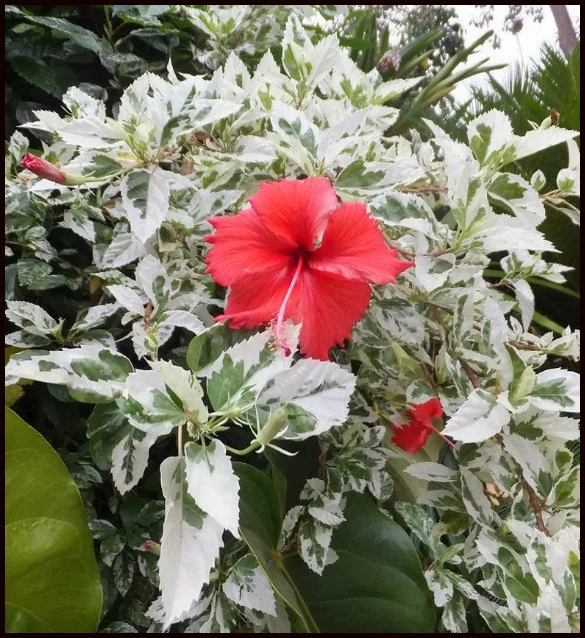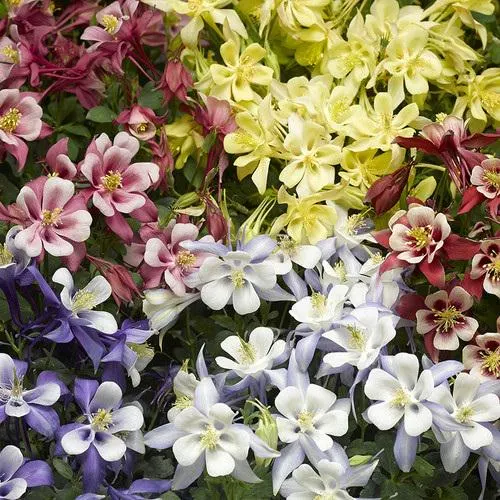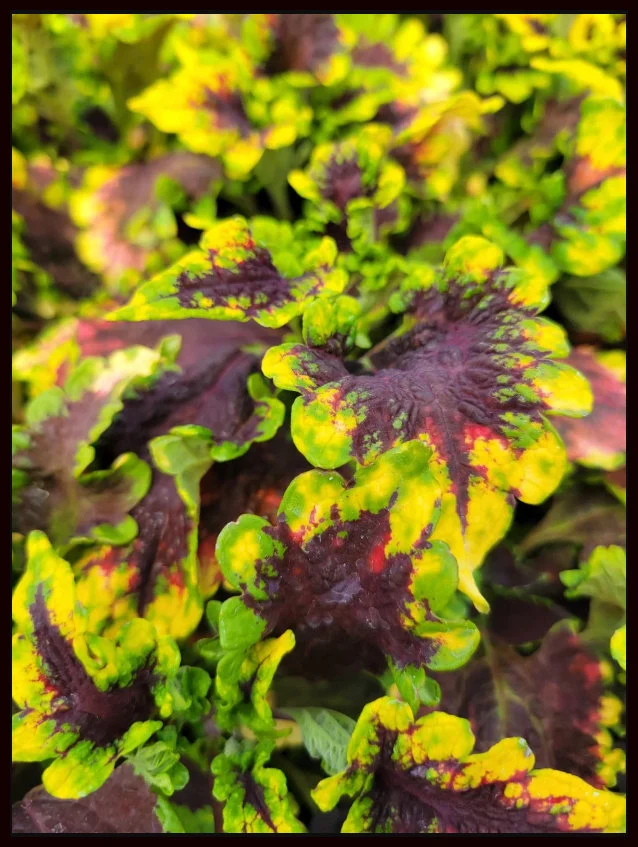The Persian Shield (Strobilanthes dyeranus) is a stunning ornamental plant known for its striking, iridescent purple and metallic-silver leaves. This plant is native to Myanmar (Burma) and has become a popular choice in gardens and as a houseplant due to its eye-catching appearance. Here’s a care guide for Persian Shield:
Key Features:
- Foliage: The Persian Shield is celebrated for its bold, vibrant foliage, which features deep purple or magenta-colored leaves with a metallic sheen. The veins of the leaves are often silver or light green, creating a beautiful contrast.
- Growth Habit: It’s a perennial in tropical and subtropical climates (Zones 9-11) but is often grown as an annual or houseplant in cooler areas. The plant can grow up to 3 to 4 feet tall and about 2-3 feet wide.
- Flowers: The flowers are typically small and not as noticeable as the foliage. They are tubular and come in shades of blue or violet, appearing in the late summer or early fall.
Care Guide for Persian Shield:
- Location and Light
- Light Requirements: Persian Shield plants thrive in bright, indirect light. If you’re growing it indoors, place it near a window with filtered sunlight. Direct sunlight can scorch the leaves, but too little light will result in poor growth and less vibrant foliage.
- Outdoor Growing: If you’re growing it outside, ensure it’s in a location with partial shade to protect it from the harsh midday sun.
- Soil Requirements
- Well-Drained, Rich Soil: Persian Shield prefers rich, well-draining soil that’s kept consistently moist but not soggy. It thrives in slightly acidic to neutral soil.
- Soil Amendment: If your soil is heavy or clay-like, mix in some compost or well-rotted organic matter to improve drainage and fertility.
- Watering
- Consistent Moisture: This plant likes regular watering. Keep the soil moist but not waterlogged. Water when the top inch of the soil feels dry, but avoid letting it sit in standing water.
- Humidity: Persian Shield appreciates higher humidity levels, so it’s a good idea to mist the leaves or place a humidifier nearby if grown indoors, especially during dry winter months.
- Fertilizing
- Balanced Fertilizer: Fertilize once a month during the growing season (spring through summer) with a balanced liquid fertilizer or slow-release fertilizer to promote healthy growth and vibrant foliage.
- Avoid Over-Fertilizing: Over-fertilization can lead to leggy growth and poor leaf color, so be sure to follow the recommended dosage on the fertilizer packaging.
- Pruning
- Pinch Back: Regularly pinch back the tips of the plant to encourage bushier growth. This will help keep the plant compact and prevent it from becoming too leggy.
- Removing Dead Leaves: Trim away any yellow or damaged leaves to maintain the plant’s appearance.
- Winter Care
- Indoors During Winter: If you’re growing Persian Shield outdoors, you’ll need to bring it indoors before frost hits, as it’s not frost-tolerant. If growing indoors year-round, make sure it’s in a warm spot with good light.
- Cold Tolerance: Persian Shield is sensitive to cold, and temperatures below 50°F (10°C) can damage or kill the plant. Protect it from cold drafts if growing indoors.
- Pest and Disease Management
- Common Pests: Persian Shield is generally pest-resistant but can occasionally attract spider mites, aphids, or mealybugs. If pests appear, treat the plant with insecticidal soap or neem oil.
- Root Rot: Ensure proper drainage to prevent root rot, as the plant dislikes sitting in waterlogged soil. Avoid overwatering, especially in cooler months when the plant is not actively growing.
- Re-potting and Propagation
- Re-potting: If grown indoors in a pot, repot every 1-2 years to refresh the soil and give the roots more space to grow.
- Propagation: Persian Shield can be propagated through stem cuttings. Cut 4-6 inch segments from healthy stems, remove the lower leaves, and place them in a glass of water or directly in moist potting soil. Keep the cutting in a warm, humid environment until roots form.
- Landscaping Uses
- As a Focal Point: The vibrant purple and silver leaves of Persian Shield make it an excellent choice as a focal point in the garden or as a border plant.
- Container Plant: It also does well in containers, either on its own or in combination with other plants for contrast.
- Indoor Plant: As an indoor plant, it thrives as a decorative addition to well-lit rooms, particularly in a modern, tropical setting.
Troubleshooting:
- Yellowing Leaves: Yellow leaves can indicate overwatering, insufficient light, or nutrient deficiencies. Check the soil moisture and light conditions.
- Leggy Growth: If the plant becomes leggy, it may be getting too little light. Move it to a brighter location, and trim back any overgrown stems to promote bushier growth.
- Stunted Growth: This could be a sign of root rot from overwatering or too much fertilizer. Ensure the plant is not sitting in water, and reduce fertilization if necessary.
The Persian Shield is a great plant for adding color and texture to any indoor or outdoor space. With the right care, it can thrive and bring beauty for months.
Proudly powered by WordPress
